Emoji’s made their way into mainstream culture when Apple made their grand inclusion in the first iPhone. It was from that moment on that the little emoticons quickly made their way into everyday conversation. Some used them in place of more callous/ suggestive/ language, while others use them as clever accessory to the outfit that is their conversation.

-By Gina Lopez
Regardless of the user’s intent, it’s undeniable that some of the most popular emoji’s usage deviates from the designer’s original intent. These said questionable evolutions act as a sort of reflection on the values/ interests and habits of millennial users in particular. Below you’ll find a short compilation of popular emoji’s and their definitions, and some lingo that often travels hand in hand.
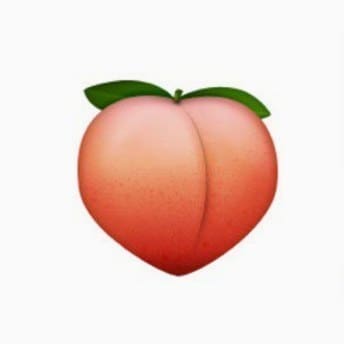 Peach – originally intended to signal the overall ripe/pleasantness of the summer fruit. But one can understand how it became the unanimous symbol for a butt. Those curves are too
Peach – originally intended to signal the overall ripe/pleasantness of the summer fruit. But one can understand how it became the unanimous symbol for a butt. Those curves are too
ceremonious to merely be a bystander to the trend.
Hand sig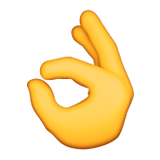 nal – What was once crafted and envisioned by Apple creatives to signify the likes of “a-okay” or a unanimous “sounds good” has become something of a darker nature, much like the poor peach. Without getting into the nitty gritty of what the space created in
nal – What was once crafted and envisioned by Apple creatives to signify the likes of “a-okay” or a unanimous “sounds good” has become something of a darker nature, much like the poor peach. Without getting into the nitty gritty of what the space created in
between one’s thumb and pointer finger signify, it’s safe to say it deviates from the original emoji’s intention.

Praying hands – Once reserved for religious commentary, the praying hands have ecome something of a bargaining chip in casual conversation. As a way to beg a friend to partake in some kind of favor granting behavior. Or to signify praise via social media. An example of this would be someone posting the said praying hands beneath a girl’s selfie. Almost to signify that her beauty is godly. (At least that’s way I interpret it).
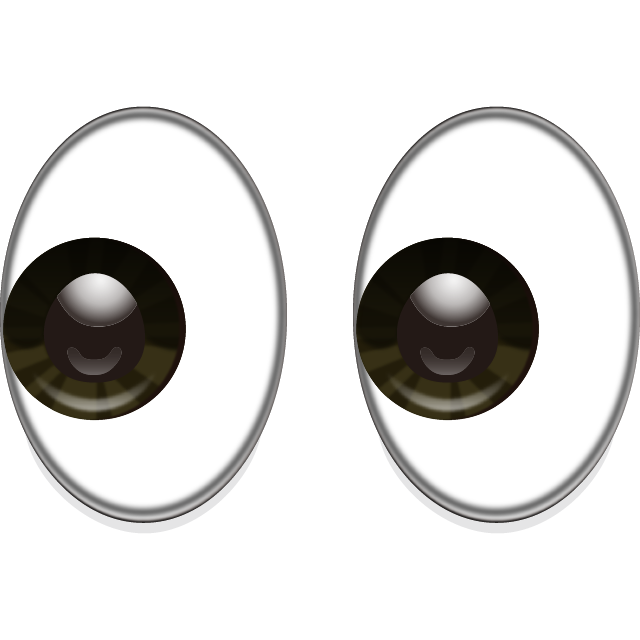 Eyes – Again it’s unlikely that the emoji design team had shady side eye in mind when they created this emoji. But as with all great art and composition, a piece’s audience and interpretation transcends over time. And in a millennial generation of questionably formative online interactions, the side eye is among some of the mildest.
Eyes – Again it’s unlikely that the emoji design team had shady side eye in mind when they created this emoji. But as with all great art and composition, a piece’s audience and interpretation transcends over time. And in a millennial generation of questionably formative online interactions, the side eye is among some of the mildest.
An alternative interpretation of the eye emoji is an eerie big brother, someone’s–watching-you angle.
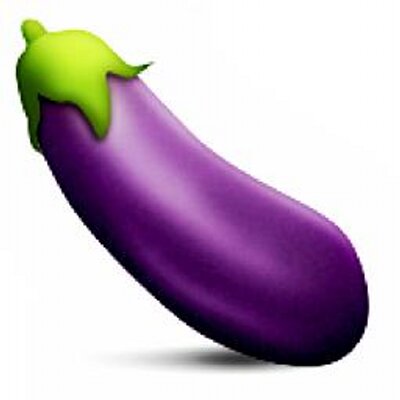 Eggplant/ banana – This one hardly has to be explained, but nonetheless I’ll go for it. People have/had/will continue to have a mild obsession with portraying male genitalia using appropriately shaped produce. While rather primitive, there’s probably no other emoji that touches on the misusage misdemeanor level that these ones do.
Eggplant/ banana – This one hardly has to be explained, but nonetheless I’ll go for it. People have/had/will continue to have a mild obsession with portraying male genitalia using appropriately shaped produce. While rather primitive, there’s probably no other emoji that touches on the misusage misdemeanor level that these ones do.
Moving into millennial slang…
Dead ass – This rather crude expression is used to articulate being completely serious about something. Why “seriously” doesn’t suffice is unbeknownst to me, but there’s a certain air to so concretely exposing one’s feelings in discussion. (Especially in a generation where everyone dons a professional feeling of blasé).
This could be used to describe situations of concrete emotion i.e. “He was dead ass when he mentioned coming over later.”
Fire- This one’s relatively self-explanatory (I think). But the term “fire” can be used either in a complimentary way to one’s personal sense of style or look or as a generally positive adjective.
Ex: “This coffee is fire.”
Woke – Being “woke” is something inherently positive despite it often serving as a double edged sword (advocating for a cause all the while being pressured into doing it the way others would/ speaking about the issues others find important). Millennials in particular are encouraged to be “woke” on political matters, the grounds of modern relationships and societal inequalities.
Ex: “Emma Watson is particularly woke on the topic of equality and women’s rights in the work force.”
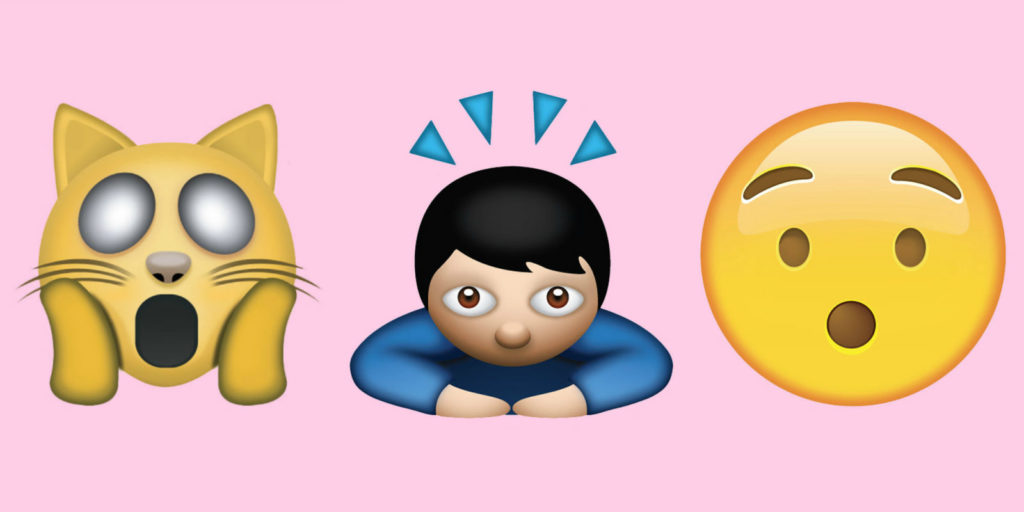
Fam- The term “fam” is used almost exclusively as that of endearment. To call someone your “fam” is likening them to that of your actual family. It’s a way of assuring your core friends know they’re your core friends (and not just fair weather acquaintances).
Aesthetic – The definition of aesthetic has come to expand among the millennial population. Once meaning the style of something, it has now become the overall look of a person both IRL (in real life) and online. The ultimate, and highly unattainable feat, is creating a visually pleasing presence on both.
Extra- This term is used to describe someone or something that seems dramatic or outside the confines of expected behavior. An example of this would be if someone were to go to a coffee shop/ restaurant/ other heavily Instagram-able location and spend a good portion of their time trying to get an idealistic picture, rather than enjoying/ consuming whatever they went there for in the first place.
Ex: “My mom dressing up the dog for holidays is so extra.”
Finesse – The definition of this term remains slightly ambiguous. Put simply, the word seems to mean to reorganize something/ change it/ make it better. To finesse something is to make it work under some circumstances where “it” wasn’t already whether that be a dynamic or something smaller.
Ex: “How are we going to finesse getting Chipotle before the movie starts?”
-G.L.

3 comments
It’s fascinating how millennials found a way to modernize words into our very own culture.
Thankful for this emoji guide!
Nice emoji guide! Now, I learned a few new emoji meanings too!